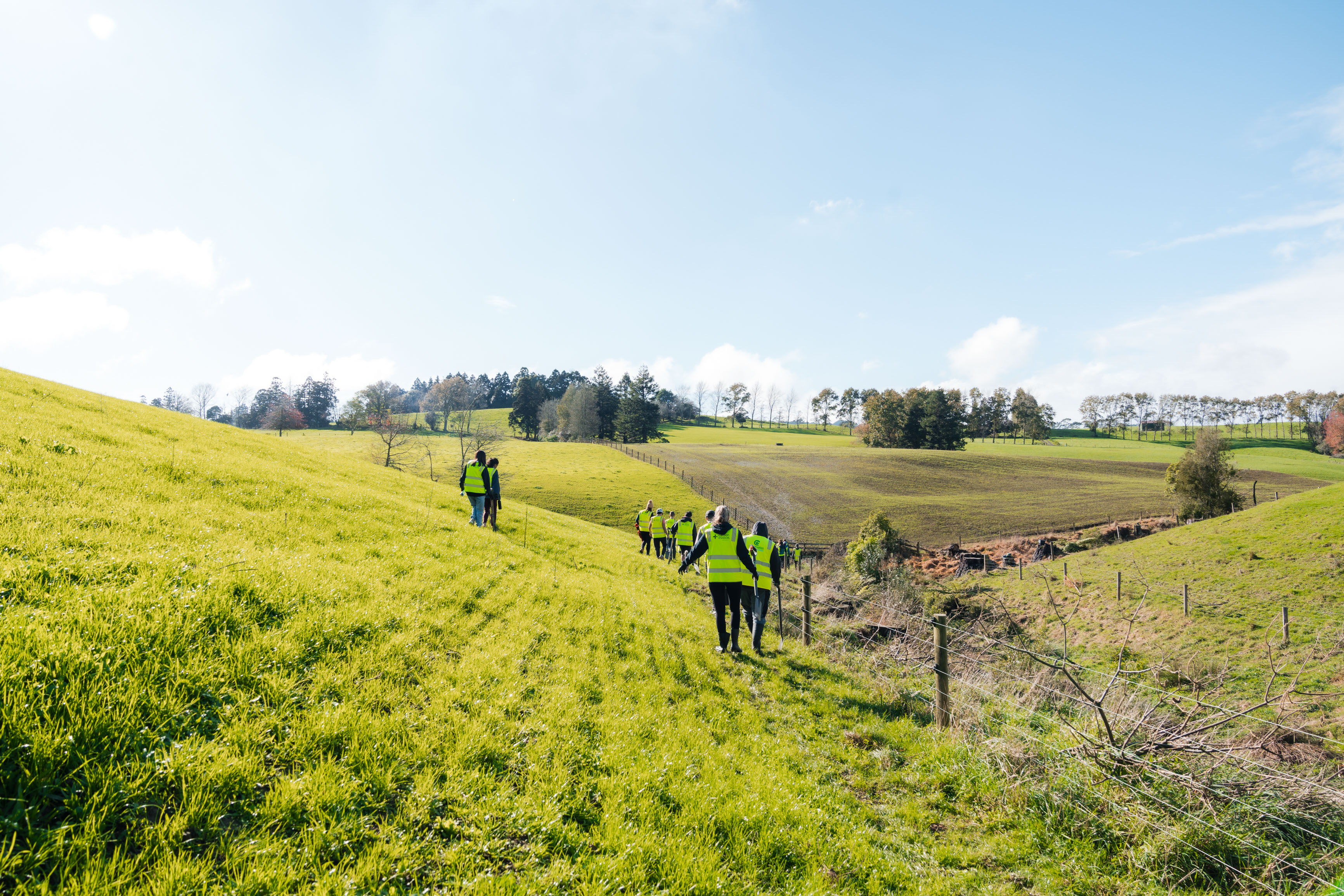Mandatory climate reporting in Australia: Timeline, requirements, and preparation tips


Have you been hearing whispers about mandatory climate reporting coming to Australia? Well, the Australian government is implementing climate-related financial disclosure requirements that will fundamentally change how businesses approach environmental responsibility.
For SMEs this isn't just about large corporations anymore. The requirements are rolling out in phases, and preparation today will determine whether you're ready when compliance becomes mandatory for your business size.
Here's what Australian business owners need to know about the timeline, requirements, and practical steps to prepare for mandatory climate reporting.
Australia is implementing climate disclosure requirements based on the Task Force on Climate-related Financial Disclosures (TCFD) framework and the new International Sustainability Standards Board (ISSB) standards. These requirements will eventually apply to a broad range of Australian businesses, not just ASX-listed companies.
The phased approach targets different business sizes over time:
The Australian Accounting Standards Board (AASB) is developing Australian Sustainability Reporting Standards that align with international standards while addressing local requirements. These standards will require businesses to report on:
Important note: These timelines may accelerate based on international developments and stakeholder feedback. Business owners should prepare earlier rather than later to avoid compliance pressure.
Climate-related risks and opportunities: Businesses must identify and disclose physical risks (extreme weather, sea-level rise) and transition risks (policy changes, market shifts, technology developments) that could affect operations.
Governance disclosure: How boards and management oversee climate-related issues, including specific responsibilities and processes for climate decision-making.
Strategy integration: How climate considerations integrate into business strategy, including scenario analysis and resilience planning for different climate futures.
Risk management: Climate risk identification, assessment, and management processes, including integration with overall enterprise risk management.
Metrics and targets: Quantitative data including greenhouse gas emissions (Scope 1, 2, and 3), climate-related financial metrics, and progress against targets.
Financial impact: Quantification of climate-related risks and opportunities on financial performance, including potential future impacts under different scenarios.
Start measuring your carbon footprint now. Climate reporting requires quantitative emissions data. Businesses using automated carbon measurement through accounting system integration will have years of historical data when reporting becomes mandatory.
Implement automated data collection systems. Manual data collection becomes unsustainable when reporting requirements increase. Automated systems that integrate with existing business operations provide consistent, auditable data without ongoing administrative burden.
Build climate considerations into business strategy. Start identifying how climate change might affect your business operations, supply chains, and market conditions. This strategic thinking will be required for compliance reporting.
Establish governance processes. Even small businesses benefit from clear processes for making climate-related decisions and tracking progress against environmental goals.
Document your environmental actions. Keep records of carbon measurement, offsetting activities, and environmental initiatives. This documentation becomes valuable for compliance reporting and client communications.
Smart business owners are treating climate reporting preparation as a strategic advantage rather than a compliance burden. By implementing automated carbon measurement and environmental action today, they're building competitive advantages while preparing for inevitable regulatory requirements.
The key is starting with solutions that deliver immediate business value while building toward compliance readiness. Automated carbon measurement through existing accounting systems provides professional environmental credentials today while creating the data foundation needed for future mandatory reporting.
Early action also provides flexibility. Businesses with established environmental track records can adapt to changing requirements more easily than those starting from scratch when compliance deadlines approach.
Australian mandatory climate reporting isn't a distant possibility – it's a planned reality with clear timelines. Business owners who prepare today will find themselves advantaged when requirements become mandatory, while those who wait will face compliance pressure during already stressful implementation periods.
Start building your climate measurement and reporting capabilities now. Your future compliance requirements, client relationships, and competitive positioning will all benefit from early preparation that transforms regulatory obligation into business advantage.
Sam Olorenshaw
07/2025
Measure and act effortlessly in 3 minutes
